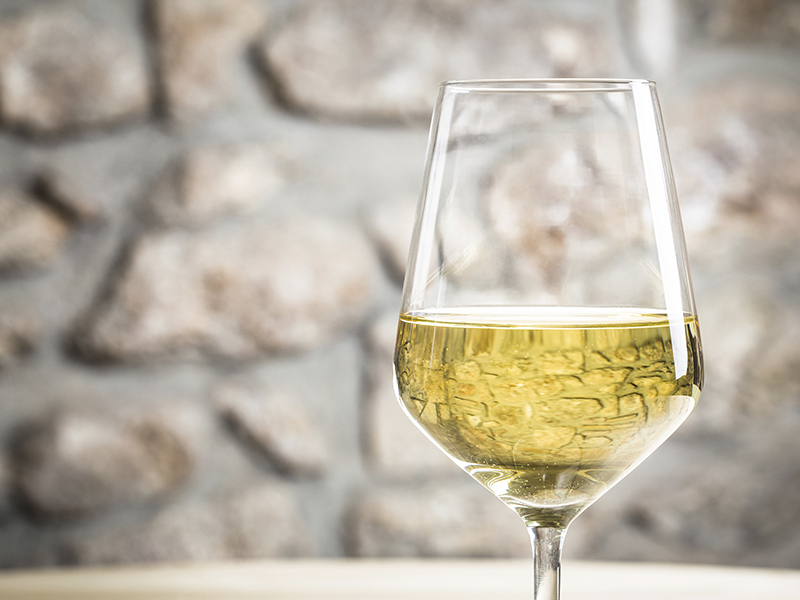It’s Time to Get Rid of The Notion That Riesling is Just Too Sweet
A couple of months ago I went to a German and Austrian Riesling tasting in Washington, D.C., with my husband and it redefined Riesling for me. This tasting put me in front of the wine makers from Reuscher-Haart, Bründlmayer, Gysler and Hirsch, just to name a few—wineries with utterly beautiful portfolios of Riesling.
If you are not familiar, Riesling tends to be on the fruiter and sweeter side of the wine spectrum. It’s is one of the most aromatic grape varietals in the world with its primary aromas being lime, meyer lemon, pineapple, apricot and pear. You may also get a bit of honey or even a petrol smell—something winos go gaga over believe it or not because it’s a surprise to the nostrils. Riesling is also one of the fastest growing varietals in the wine market because of its versatility. Its ability to pair with a wide variety of ethnic dishes—cuisines with a lot of heat tame the sweetness in the wine—has made Riesling a favorite amongst sommeliers and restaurateurs.
I met Vincent Bründlmayer of Weingut Bründlmayer in Langenlois, one of Austria’s leading wineries. His father, Willi Bründlmayer, is regarded as one of Austria’s top winemakers. He poured me his 2012 Riesling Zöbinger Heiligenstein. And it surprised me with its minerality and fuller-bodied flavor. Its wonderful and refreshing acidity, with a distinct taste of peaches and pineapple, made me realize that Riesling in America has been mislabeled. It turns out Riesling is not the sweet, ho-hum, white wine that I thought. It’s multi-dimensional, gripping and makes you say danke schön in your best German accent.
As I did the four S’s: swirl, sip, swish and spit—for some it’s swallow—I could hear the Viennese waltz and I could see royalty dancing. Riesling is a wine of medieval times. And this made me think, as more of a New World wine drinker—which is wine from outside of Europe—I now feel obliged to look at Old World wines again. Sometimes you have to look at the originators to give your taste buds an accurate flavor—kind of like looking at old family recipes. It amazes me that our more modern interpretation of Riesling is so sweet and gay—a far cry from the original acidic, petroleum perfumed, hard-knock juice out of Germany and Austria. Ironically this Old World wine can pair very well with the fusion dishes that are growing in popularity today, which can be more of a challenge to pair wine with sometimes, especially when it comes to Asian food with strong spices. And please don’t let the petroleum tasting note turn you off. That was was antifreeze in Austria in the mid-1980s, not gasoline.

